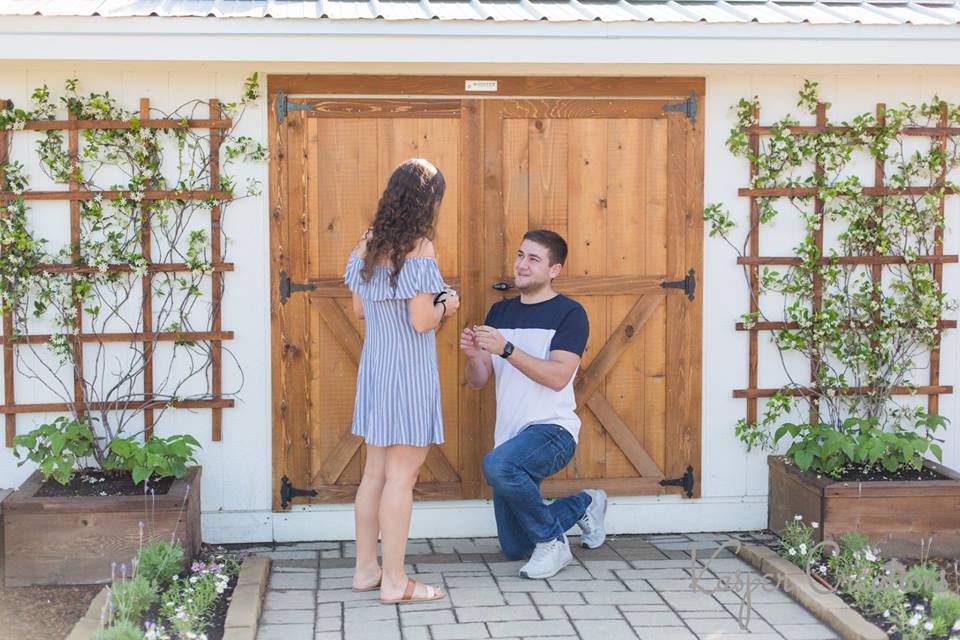 When you’re first engaged, it’s so exciting to look at your shiny ring and think of all that is to come. But before you dive head first into wedding planning there is an important step to take—creating a wedding budget.
When you’re first engaged, it’s so exciting to look at your shiny ring and think of all that is to come. But before you dive head first into wedding planning there is an important step to take—creating a wedding budget.
It’s not glamorous, and it’s not always fun, but this simple step will keep potential arguments at bay and help with all your wedding planning decisions. Having a budget and sticking to it will not only help your relationship during your engagement, but will give you a firm foundation leading into your marriage.
Who is paying for the wedding?
Step one is figuring out who is paying for your wedding. Sometimes it’s a family affair, other times it’s completely on the couple’s shoulders. Either way, you need to know who is involved so that you can get the numbers straight. Sometimes family members will want to help pay for a certain part of your wedding, like the rehearsal or the honeymoon. Thank them graciously for the offer and decide if that is something you as a couple want to accept. Whoever is footing the bill will ultimately have a say in how the money is spent.
How much can you spend?
Now that you know all the players (or in this case payers), it’s time to put pen to paper and decide on how much to spend on the wedding. Some people want a large wedding, while others prefer to keep their nuptials a small affair, so they can save up for the future. There are many different factors that can affect the wedding budget, so consult everyone involved and figure out how much you will have to spend.
The lowdown on the breakdown
Now that you have a total amount in mind, it’s time to break it down into categories with percentages.
There are many ways to split the budget, but here’s an example of an average allotment:
Attire (10%)
Baker (3%)
Caterer (25%)
Event Planner (10%)
Flowers/Décor (10%)
Hair/Makeup (2%)
Music (8%)
Photo/Video (10%)
Rings (3%)
Stationary (3%)
Venue (10%)
Other (6%)
It’s okay to adjust these according to what is most important to you and your future spouse. These are meant to be helpful estimates and goals. If you want to spend more on a photographer, you may need to save in another category.
Keeping Track
Write down each category along with your percentages. Then make three columns beside it for “Budgeted Amount,” “Actual Amount Spent” and “Difference.” In the “Budgeted Amount” column, write down the percentage amount of your total budget for each category. Once you purchase items and services, then record the “Actual Amount Spent” in the second column. In the last column record the “Difference” between the first two category numbers. This will show you if you need to save somewhere else or have a little extra freedom to spend more in another area.
These steps will help you have a smooth wedding planning experience. Have fun!
**Photo by Kasper Creations